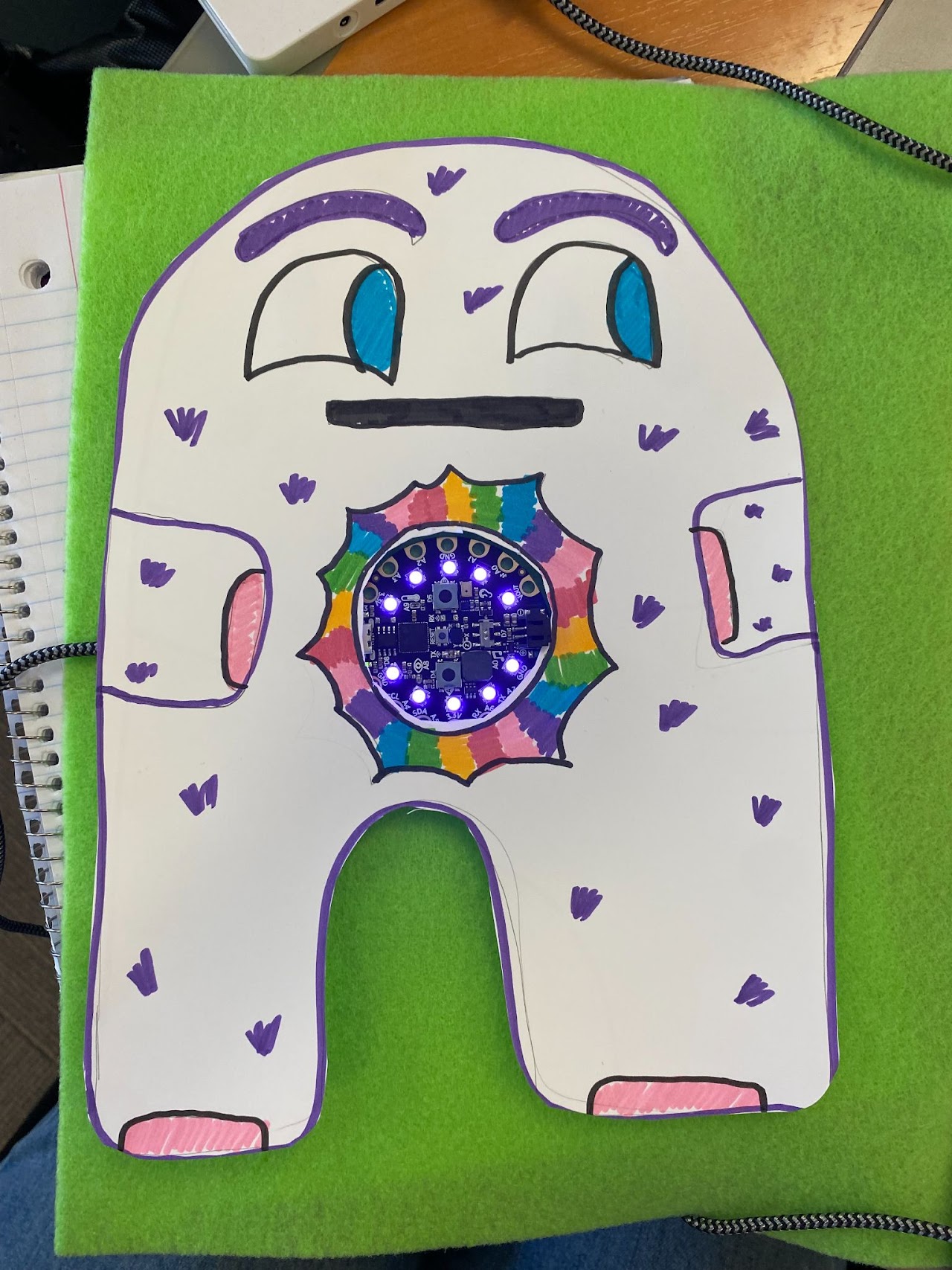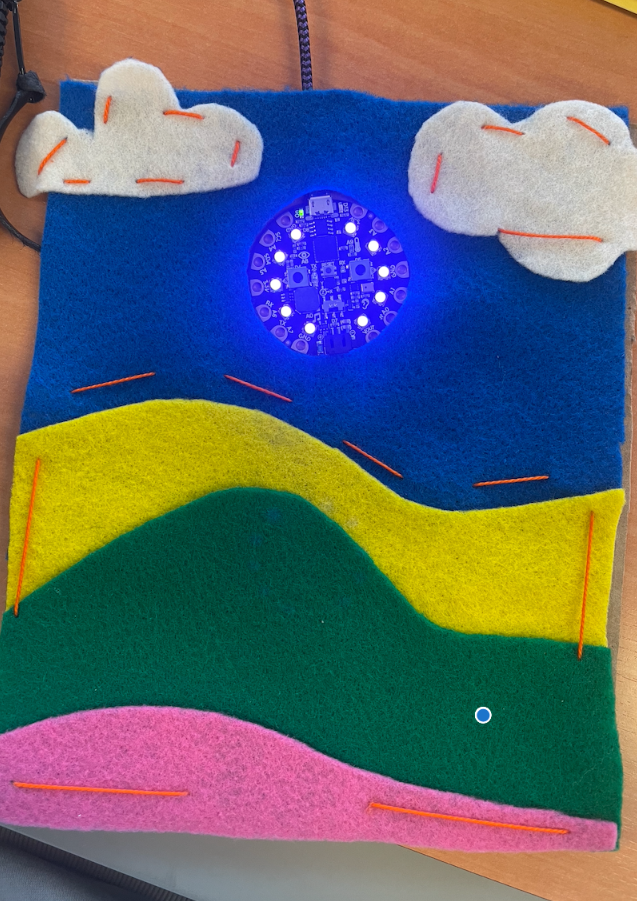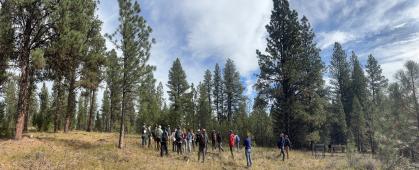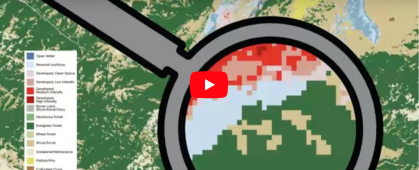At Montana State University, the Science and Math Resource Center (SMRC) and the EDU 370 class (Integrating Technology into Education) partnered to build the capacity of 45 undergraduate, pre-service teachers in their thinking about integrating sensors into diverse classrooms. SMRC supplied the class with microcontrollers (Circuit Playground Express) and any additional accessories for each member of the EDU 370 class.
Over the course of two semesters (Spring ‘22 and Fall ‘23), the instructor of EDU 370 (Dr. Jake Chipps) provided instruction on the features and capabilities of the Circuit Playground Express. Students were then given an assignment to develop a Do It Yourself (DIY) style lesson plan for teachers across Montana that integrates physical sensors to standards aligned to their respective learning domains. Students had the freedom to determine what a DIY lesson plan should look like, given the needs of Montana teachers who might not have any background in physical computing. The only requirements were that lessons should: include some physical computing artifact that supports K-12 students in learning content within some domain; provide an overview and materials required; rationale, and; a step-by-step process for developing the physical artifact.
Pre-service teachers developed a single webpage in a collaborative Google Sites project, where they uploaded their lesson so that the site can be pushed to all teachers across Montana. On the collaborative Google Site, content was organized by grade band: K-5; 6-8, and; 9-12. Students developed various lessons, ranging from content-specific projects to behavior management interventions. In all, 25 lessons were developed and included on the webpage. In an anonymous poll, 90% of students reported that they would use some form of microcontroller in their future classes. Examples of lessons designed include the e-Motion Monster and the Weather Watcher.
The e-Motion Monster is a circuit playground designed in a “monster” used to help students express themselves and learn about emotions and how they make them feel. The students code different light patterns depending on their emotions and have the circuit playground light up the monster’s chest.

The Weather Watcher is another lesson designed for K-2 to better understand temperature and weather changes. This tool identifies the temperature by changing LED colors. Weather Watcher is a fun, interactive activity that students can do during number corner, morning meetings, and more. The Weather Watcher is responsible for looking out the window, describing the weather, and relaying the message if the weather is a certain temperature.

Moving forward, the Science Math Resource Center will create kits from the most successful lesson plans so that future EDU 370 students and educators engaging with Montana K-12 students, can implement the lesson plans and expand the use of physical computing using sensors across Montana classrooms.

